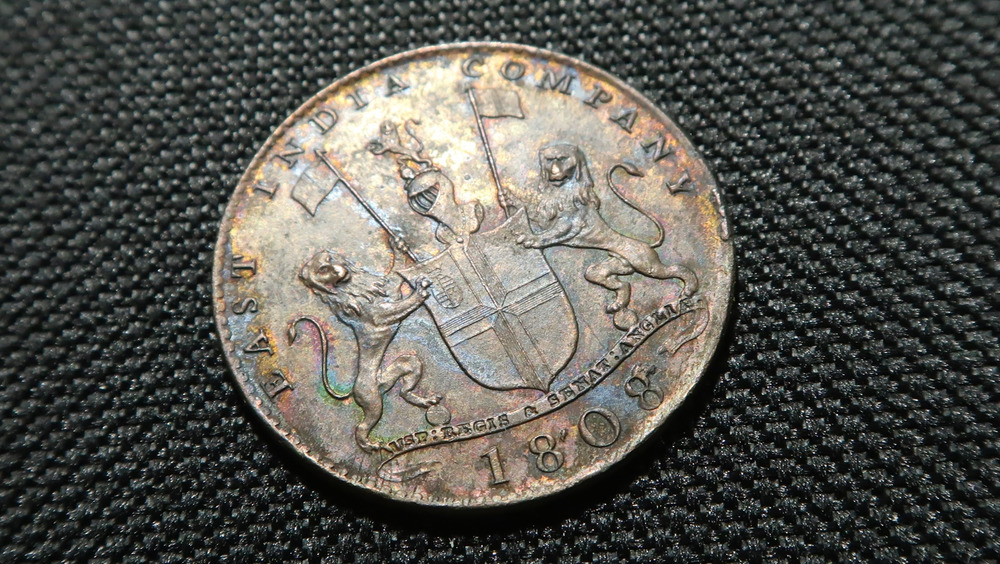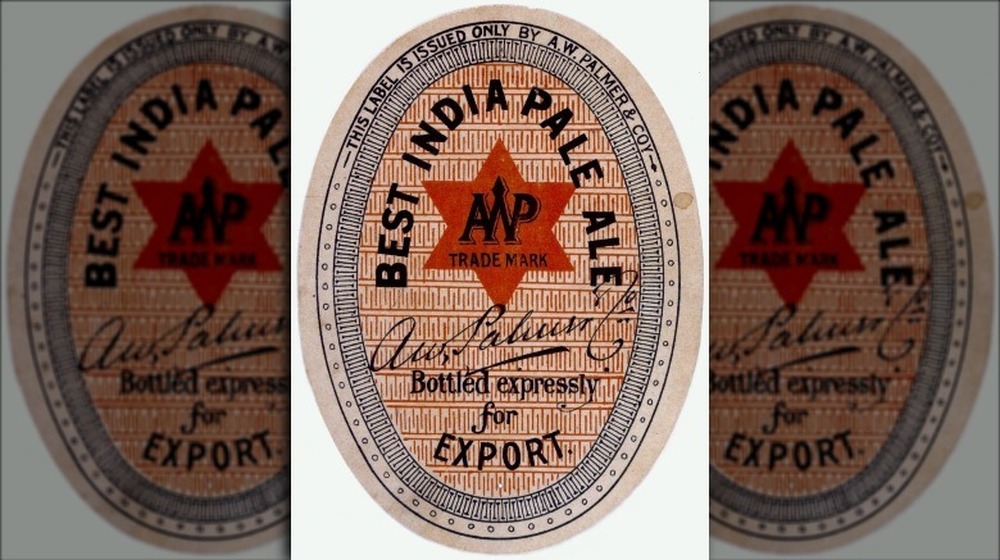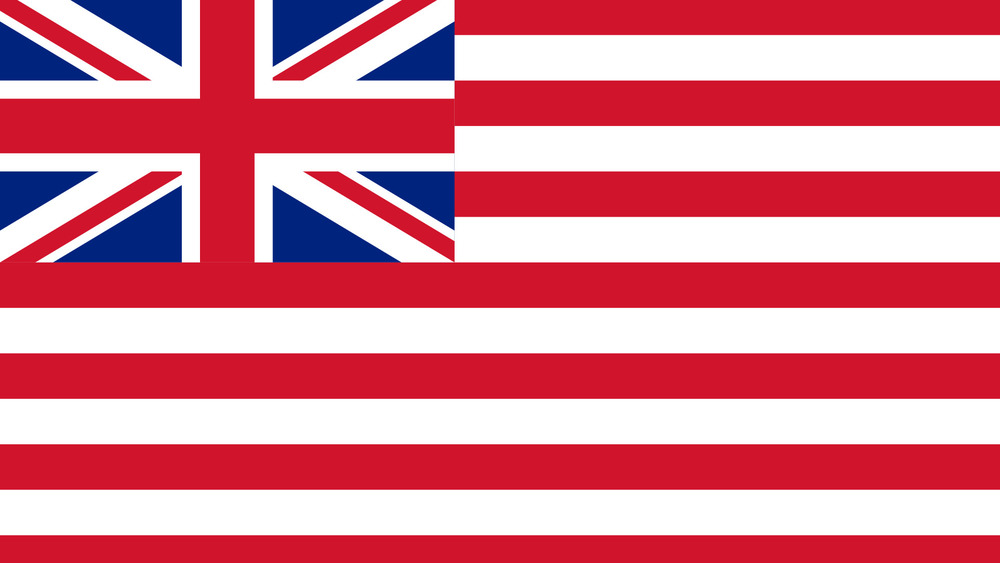The Most Powerful Corporation In History
Imagine that your friendly neighborhood Amazon (the online retailer, not the dwindling rainforest) ruled half the Northern Hemisphere of Earth, openly aided in their conquests by the U.S. government. They invaded places under the guise of economic expansion, and set up military outposts. And they were the world's premiere seller of narcotics, and no one cared. Also, they operated a worldwide slave dealing network. And they could legally declare war, and capitalized on false flag events to do so. Basically, a global imperialist warmongering drug cartel of human traffickers operating under the support of the world's largest economic and political superpower.
This is exactly what the East India Trading Company, history's most powerful corporation, was.
The East India Trading Company (EIC) ruled global trade and economy from 1600-1873, when it finally disbanded as a legal entity following a series of violent catastrophes and uprisings in India caused by — wait for it – itself. It had been on the decline since its monopoly was broken in 1813, as Britannica says, and after transforming into its final form — a financial management agency for the British government — limped its way to a subsequent death. The story of the EIC mirrors the rise and fall of any empire, except this empire wasn't landlocked; it rolled around the seas of the earth on ships of power, violence, usury, and commercial goods.
A corporation with its own army, on-hire bonds, and unpaid probation
Plenty has been written about the East India Trading Company, including a lengthy list of scholarly articles readable on Academia, or articles on the BBC or The Guardian comparing it to modern, cut-throat transcontinental conglomerates — and rightfully so. Even though the EIC is the reason why Asian tea, silk, cotton, and spices became readily accessible to consumers in the West, its power grew because it was created on December 31, 1600 as a state-sanctioned monopoly by Elizabeth I to do all of Great Britain's corporate dirty work from Cape Horn out to China. In fact, it was the world's first joint-stock company, meaning that stockholders were "owners" separate from management, as Global Business Review relates. This structure is part of the reason why the company ballooned into an out-of-control monstrosity.
At its peak, the East India Trading Company — a corporation, remember — ran a military of 260,000, more than twice the British army at that time, per Britannica. It had thousands of employees worldwide, predominantly white male. Its highly sought-after positions — even as manual laborers — required nominations from a current employee, a five-year unpaid probationary period (reduced to three starting 1778), and mandatory on-hire "bonds" paid by new employees to the company, equivalent to over $50,000. It also had a 30 percent on-the-job mortality rate due to the dangers of oceanic voyages, matched by 30 percent investment returns for the wealthy back home, per History.
A corporation built on slavery, drugs, and abuses of power
As National Geographic outlines, the East India Trading Company was never intended to be fair. It was founded on hegemony, and grew from it.
Riding on the heels of Great Britain's defeat of the Spanish Armada in 1588 and the opening of the seas to British naval power, a group of English businessmen fronted £70,000 (nearly $21.5 million today) to start the EIC as a series of "factories" — led by company representatives dubbed "factors" — worldwide: outposts on various continents that liaised between local producers and the home company. These outposts were colonial territories ruled by "merchant-statesmen" elected every year. The company set up its first in 1613 in Surat in what is now India, and expanded into the Persian Gulf, China, Nepal, Mozambique, Ghana, Madagascar, Indonesia, the Caribbean, and more.
And what was the true source of its power? Slaves and drugs. Until the Slavery Prohibition Act was passed in Great Britain in 1833, job titles like "West India Merchant" and "West India Planter" meant slave owner and slave, per Counterpunch. Sugar plantations grew in the Caribbean, and millions of people were bought and sold — perhaps three million into the Americas. As the trade started to dry up, the EIC simply turned to the next most lucrative source of "splendid income": opium. Starting in 1780, per Bilan, "forced Indian labor" and industrial opium factories led to rampant drug addiction in China, and the eventual shame-induced handover of Hong Kong to the English crown.
A corporation that scammed India out of $45 trillion
As the East India Trading Company's name suggests, their center of offshore power was India, which was stripped of its wealth to the tune of a mind-boggling $45 trillion. After 1765 the EIC became the "de facto emperor" of India, when "unstable sociopath" (per the Guardian) Robert Clive was made governor of Bengal, and the Mughal emperor Shah Alam was overthrown.
As Al Jazeera explains, the EIC developed a series of malicious stratagems to pad their coffers. They used taxes collected from Indians to purchase Indian goods to sell to British citizens (effectively getting the items for free). They then also invented a sub-currency called Council Bills that Britons needed to use to purchase Indian goods. These bills were bought with gold from the EIC's London office, specifically and only. Indian producers were also paid using these bills, which were useless in India unless converted into local currency. And what currency did producers receive? Indian rupees pulled from their Indian taxes.
Starting in 1770, at the same time as revenue soared for the EIC, a series of famines struck India and killed millions. Taxes were raised, and crops were swapped from edible goods to indigo (for dye) and opium. The utterly callous English view of these famines, per Your Story, was reflected in Winston Churchill later saying, "I hate Indians. They are a beastly people with a beastly religion. The famine was their own fault for breeding like rabbits."
A corporation who engineered its own storybook demise
Ultimately, messing with India would, poetically, lead to the East India Trading Company's downfall.
The spike in the EIC's power in India started with the Battle of Plassey in 1757, a British-won retaliation against the Black Hole of Calcutta incident, per The Hindu. This incident, an embellished description of the mistreatment of British soldiers in a tiny Indian prison, was wielded as anti-Indian propaganda by the EIC back home and used as an excuse to expand their empire. This is when Robert Clive became governor of Bengal.
But national icon "Clive of India" pushed too hard. The beginning of the EIC's official state-sponsored rule of India, dubbed the "British raj," kicked off a series of insurrections that resulted in the Indian revolt of 1857, a full 100 years after the Battle of Plassey, per Britannica. Starting in Delhi, the conflict was widespread, bloody, and convoluted. The crown, to cover itself, and also in response to shifting, morally outraged sentiments among the British public, blamed the EIC. They also claimed everything that the EIC owned for themselves, and essentially annulled the company in 1858. By the 1870s the EIC was all but dead.
The lesson, in the end, is a bit too obvious: The East India Trading Company, history's most powerful corporation, built its empire's own storybook fall through hubris, greed, and jingoism. So if Amazon ever buys half of the Northern Hemisphere? Let things play out and keep your fingers crossed.




